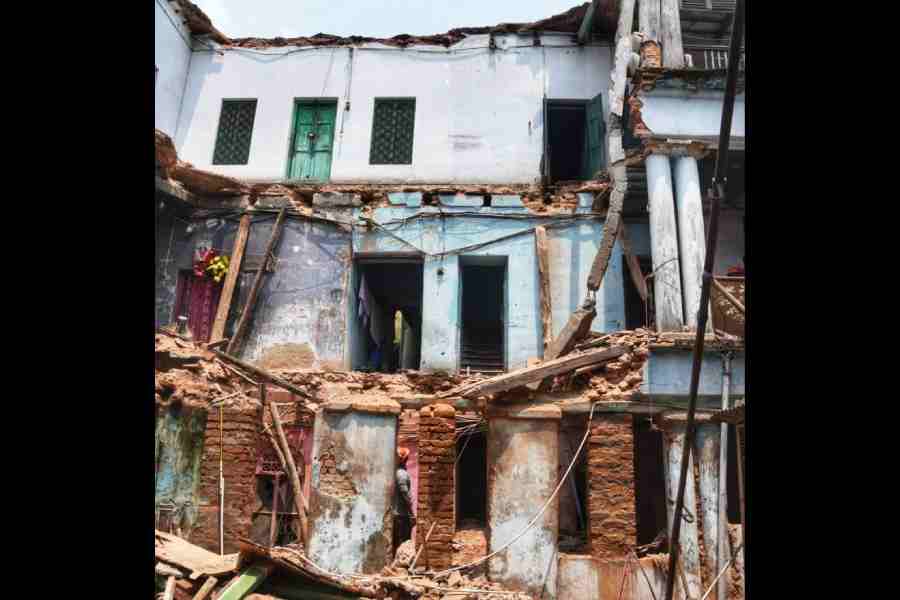Lucknow, July 18 :
Lucknow, July 18:
In Delhi stands an iron pillar that Indian metallurgists had forged 1,600 years ago. It has remained rust-free and a riddle for scientists.
Finally, the mystery has been solved. Scientists at the Indian Institute of Technology, Kanpur, have discovered that a thin layer of 'miswite', a compound of iron, oxygen and hydrogen, has protected the famous cast iron pillar from the corrosive curse.
'The protective film must have taken form within three years of the pillar's erection and has been growing ever so slowly since then. During the last 1,600 years or so, it has grown just one-twentieth of a millimetre thick,' said R. Balasubramaniam, under whom a team of the metallurgy department was working on the puzzle.
He considers the iron pillar dating back to the 4th century AD as 'one of the best evidence for the metal casting and forging skills of the metallurgists in ancient India'.
The pillar, carrying an inscription in honour of Vishnu, bears the name of Gupta king Chandragupta II (375-413). Around 1020 AD Tomar king Anangpal had installed it in his new fortress capital, Lalkot, in what is now known as Delhi.
After Mohammed Ghori's invasion, his slave general Qutabuddin Aibak built India's first mosque at the site 'from the remains of no less than 27 Hindu and Jain temples that stood within the walls of the city'.
Many of the pillars found around the Quwwatul Islam Masjid are from the razed temples, but the iron pillar in the courtyard is the one that Anangpal installed. 'The famous iron pillar has intrigued scientists interested in finding the techniques used for its preservation more than the historians documenting the ravages of Muslim invaders to restore India's
last glory', Balasubramaniam said.
'It was suspected that high phosphorus and low sulphur percentage may be the reason for its non-rusting quality, but the technique was unknown till now,' the IIT expert said. Made of 99.72 per cent iron, the pillar contains, carbon (0.08 per cent), silicon (0.046 per cent), sulphur (0.006 per cent), phosphorus (0.94 per cent), nitrogen (0.32 per cent) and copper (0.034 per cent).
Balasubramaniam's team has established that the protective layer that preserved the monument for centuries was formed catalytically due to the presence of high amounts of phosphorous in the iron.
'The high phosphorous content is a result of the unique iron-making process practised by ancient Indians, who reduced iron ore into steel in one step by mixing it with charcoal,' Balasumbramaniam said.
Modern blast furnaces, on the other hand, use limestone in place of charcoal, yielding molten slag and pig iron that is later converted into steel. In the modern process, most of the phosphorous is carried away by the slag.
Balasubramaniam said the 'kinetic scheme' that his group developed to investigate the growth of the protective film may be useful in changing long-term corrosion behaviour of containers for nuclear storage applications.
'This is a case where the scientific skills of ancient India would be put to use for the development of industrial capability of modern India,' pointed out a member of his team.
 Sunday, 08 June 2025
Sunday, 08 June 2025










